
Author: Peter Kramer
It seems that our founders, in parallel to creating the Charles Darwin Foundation (CDF) legally in 1959, immediately arranged to hire a person to set up the Galapagos field research station, as recommended by Eibl, Bowman and Dorst. In contrast to all other individuals and groups that had previously proposed establishing a research station, CDF launched this project in partnership with an international organization that had the financial muscle and the credibility in Ecuador: UNESCO. I don’t know how UNESCO went about recruiting experts for international jobs at the time, but I suspect candidates were simply found using personal and professional networks of scientists and officials involved. I think the selection criteria were simple: they were looking for a scientist committed to conservation, who would be physically fit and personally independent. In an interview Léveque gave 40 years ago (conducted by Matthew J. James in 2000) and which I have used as a source for much of the information contained in this article, he said his father, who had taken a phone call, alerted him out of the blue in November 1959 saying that “they want you to go to Galapagos”.
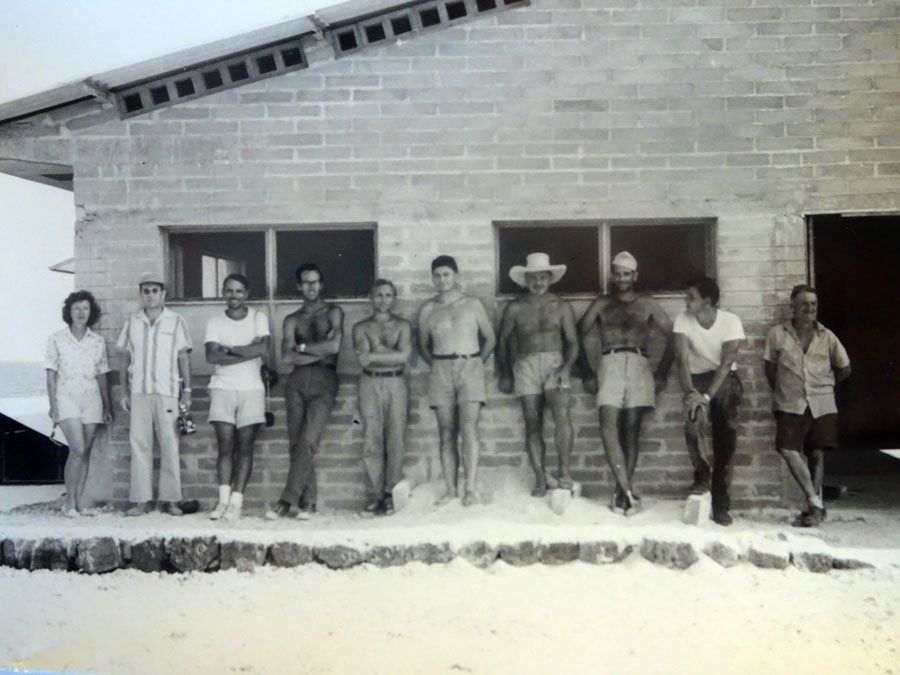
At that time, Lévêque was in the middle of researching for his Ph.D. at the Tour Du Valat Biological Station in the Camargue in Southern France. He was a native of Geneva, Switzerland, where he had become an obsessive bird watcher as a young boy, leading him to study Biology. Lévêque later said he had no idea how they decided to choose him. I suspect that the CDF founders asked around and received a recommendation from Luc Hoffmann, Director of the Tour Du Valat Research Station and Lévêque’s boss at the time. While Hoffmann was not involved directly in the initiative to create the CDF, he was very much part of the international network of people who, besides setting up the CDF, had created ICBP, IUCN and WWF. I imagine Hoffmann’s recommendation would have been taken very seriously - and Lévêque, most likely encouraged by his boss, did not hesitate to accept the position. He also got very excited reading a report on Galapagos wildlife by Christian Zuber, published at that time in Paris Match and in Life Magazine.
Lévêque was very motivated, - but he was also very uncertain whether he could achieve what was expected of him. Forty years later he said “I still can’t understand why it would fall on me and not any other more qualified person… They were looking for some fellow…, who would be willing to go and was free to go, … no qualities required."
But he overcame his trepidation, dropped his Ph.D. studies and left for Paris, where he went through the formal employment process at UNESCO. His six months contract obliged him to start establishing a research station on Santa Cruz and undertake censuses of bird populations on Galapagos. While in France, he met with Jean Dorst, the Darwin Foundation Secretary General, and then went on to England to talk to two prominent scientists he admired and who had studied Galapagos wildlife: Peter Scott and David Lack. He clearly needed reaffirmation. They both encouraged him and gave him practical advice about life in the tropics. Lévêque had never travelled outside of Europe.
He left Paris on January 16, 1960, and was met in Quito by the local United Nations staff. He stayed in Quito for several weeks and celebrated his 28th birthday there. In the interview he gave 40 years later he said that he really needed time in Quito to understand how things work in this country. He mentions two contacts that were most important to him in Quito: Gustavo Orces, zoologist at the Central University, and Cristobal Bonifaz, founding member of the Darwin Foundation and Ecuadorian ambassador to France. Bonifaz happened to be in town and he spoke French fluently, which helped because Lévêque hardly spoke any Spanish and very little English. Orces arranged for one of his assistants, Gonzalo Herrera, to accompany Lévêque to Guayaquil and Galapagos. The two travelled on the military ship “Tarqui” in late February 1960. Herrera did not remain in Galapagos, but returned to Quito right away. In Puerto Ayora Lévêque found Miguel Castro who was the most knowledgeable local guide for scientists visiting Galapagos in the 1950s and 1960s. Castro expected him, having received a letter from Dorst announcing Lévêques arrival.
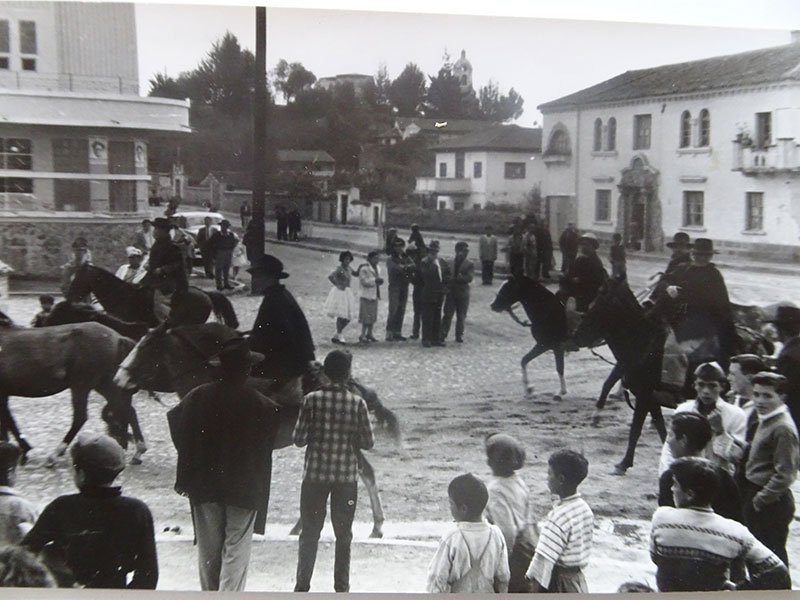
Miguel Castro’s role in the Darwin Foundation’s early years cannot be overestimated. He had settled in Galapagos with his parents as a young person and had acquired a small Norwegian boat, the “Odin”. He lived as a fisherman, while his parents ran a farm in Bellavista, and started chartering to scientists in the 1950ies. He was uniquely qualified. Not only was he a very experienced skipper with intimate knowledge of the Islands’ geography, landing spots etc., but he also was a self-taught naturalist, constantly absorbing knowledge from the scientists he took around the Islands. Later, around 1963, he became the Darwin Foundation Conservation Officer. This was before the National Park authorities had any staff on Galapagos. I believe that Lévêque, upon his arrival, would have been helpless without Miguel Castro’s support and advice. To start with, Castro provided a place for him to live: a simple house right on the Academy Bay beach. Castro was married to a descendant of a Swiss family who cooked Lévêque’s meals.
Lévêque was confronted right away with the immediate challenge to get construction of the Station going in Tortuga Bay, the location recommended to UNESCO by three scientists who had separately looked at various possible sites. He was told that construction of the road to Bellavista had been started and that an additional branch leading to Tortuga Bay would be added in due course. He checked the status of that road and found that vegetation, rocks and earth had been moved on a stretch of about 200 meters inland. Some pieces of machinery were standing around, but all the workers had abandoned the site and had returned to the continent. It was unclear whether and when construction would continue. Of course, he felt he needed to check out the Tortuga Bay situation, so he asked Castro to take him there - first on land and then by boat. Most of us have walked the pleasant 2.5 km footpath to Tortuga Bay constructed by the National Park many years later so we can imagine what it meant to cross that very harsh terrain, not on a path, but by cutting your way through dense brush and stumbling over lava boulders and rubble. After going to Tortuga Bay by land, they went by boat. Castro, knowing the place, went during high tide. He very carefully maneuvered his boat into the lagoon, pointing out the rocks that had to be avoided and explaining that access by boat was limited to a short period during high tide and to periods when the sea was calm. They also discussed the availability of freshwater and Castro explained that brackish water could be found further inland in deep lava cracks.
Lévêque must have been desperate. He had come to Puerto Ayora with very clear instructions based on recommendations by scientists he respected: Construct a field research station at Tortuga Bay – and do it, or at least get it underway, within six months. But that, he now realized, was totally impracticable. Further compounding this challenge, there was no way to communicate with his superiors in Paris to discuss this impasse! The ship taking letters to the continent passed by once a month and radio communication through the Port Captain was not normally available and was unreliable.
In those days of deep disappointment and frustration, he met Forrest Nelson, an American who had been to Puerto Ayora a couple of years earlier, had returned to the US, and then came back with a plan and some equipment to build a hotel. Nelson and maybe others suggested that Leveque looks for a building site east of the area where he intended to construct his hotel. That coastal area had been claimed by Norwegians who had settled on Santa Cruz in the 1920s and 1930s. Lévêque took Nelson’s advice and chose a spot that was level enough and closer, but not too close to the sea. It was clear that construction material would have to be transported by boat as close to the building site as possible. The land he chose had been claimed by the Lundh family ten years earlier, but Jacob Lundh wrote later: “This turned out to be no problem”. There is no information on how an agreement was reached.
Clearly, Lévêque was the one who took the lonely decision to construct the Station where it now stands. At the time, most of the few buildings that existed in Puerto Ayora where wooden constructions, composed of parts of barracks left behind by the US forces when they closed down the military base in Baltra in 1946. I imagine these examples inspired Lévêque to go to Guayaquil and have an architect draw up a plan for a simple wooden building, but he quickly realized that lumber taken from the continent would quickly rot and be infested by termites in the Galapagos climate. He must have felt pressured and, realizing he was out of his depth, asked for advice. He got together with a compatriot, a Swiss by the name of Renee Champiot, who had experience building in tropical climates. Champiot advised Leveque to produce cement blocks on site and use lumber and Eternit for the roof. Forrest Nelson had a similar technique in mind for his hotel. I imagine Lévêque, feeling insecure, felt comfortable with a fellow Swiss and hired him and a dozen workers to come to Puerto Ayora for six weeks to start the construction. The workers, as well as all the building material, travelled to Puerto Ayora on the Tarqui.
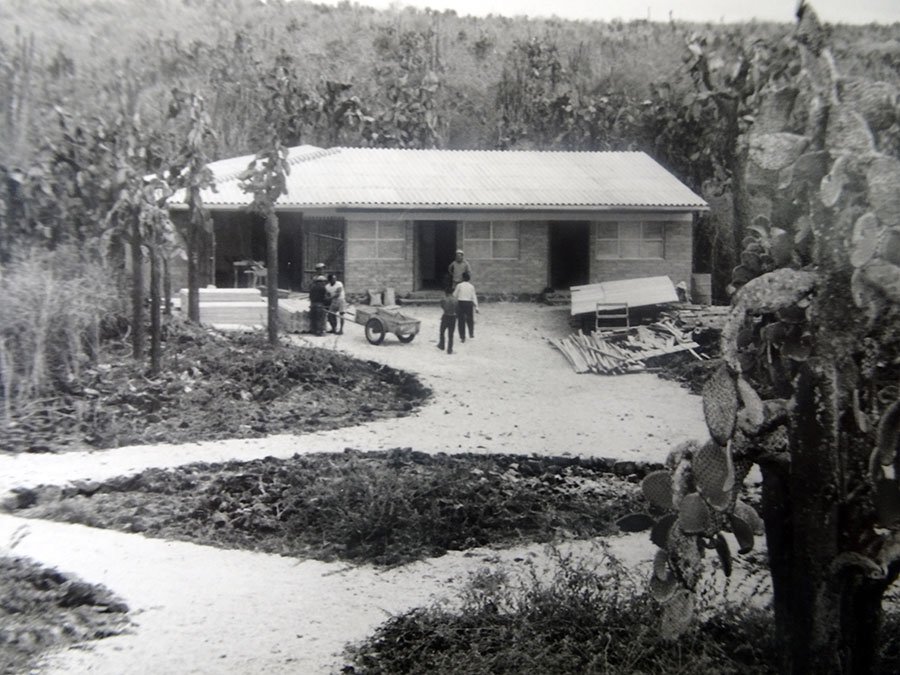
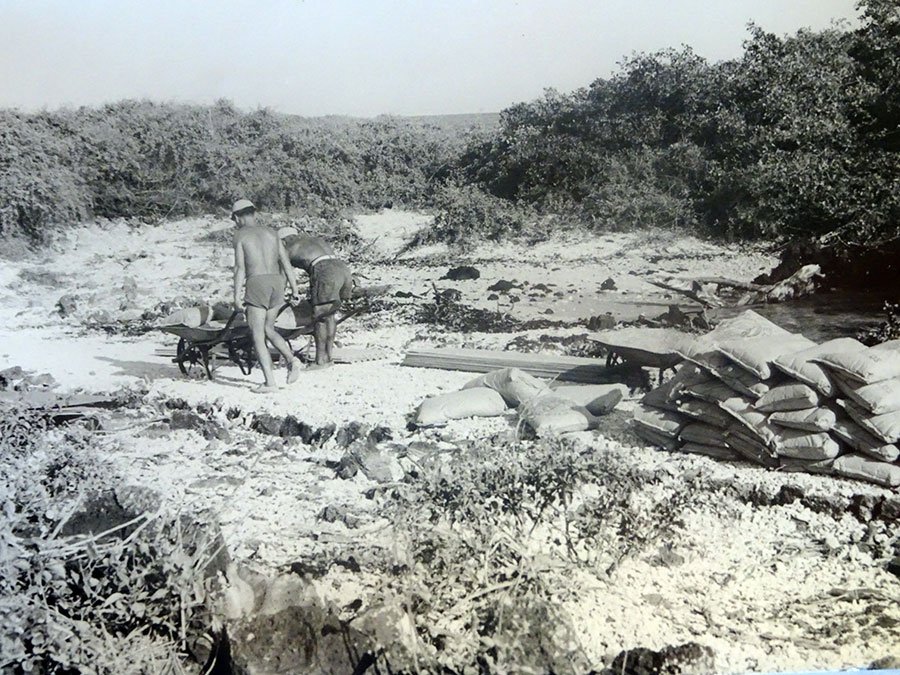
Lévêque described later how difficult it was to unload the material. A balsa float was put together for transportation to the beach, close to the building site. All that took a long time, longer than the captain of the Tarqui was able to stay in Academy Bay, so a fisherman took the remaining material onto his boat overnight. Lévêque was relieved and very grateful. Later he often commented that the people of Puerto Ayora were always helpful.
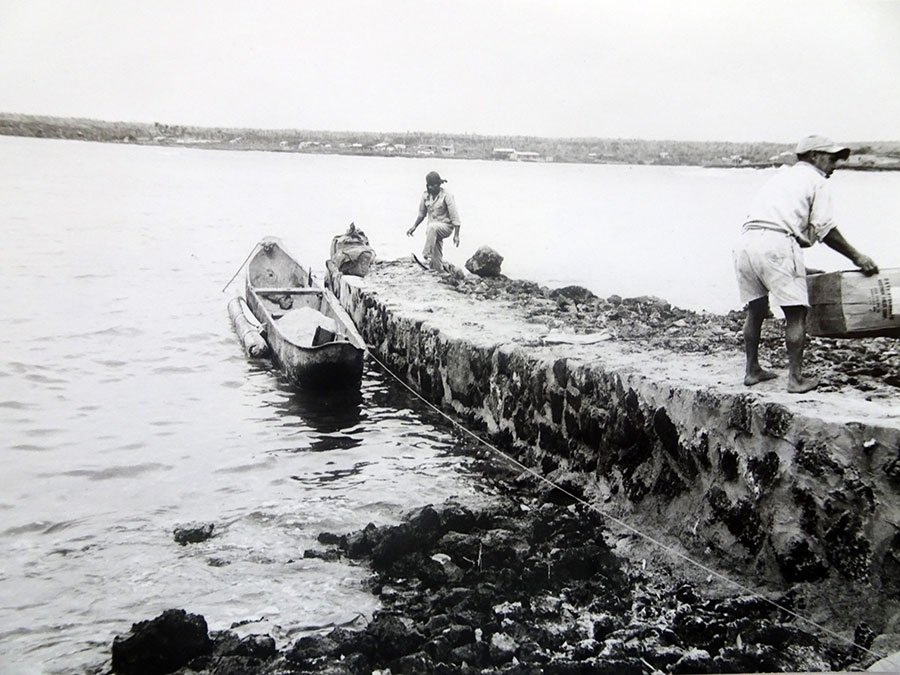
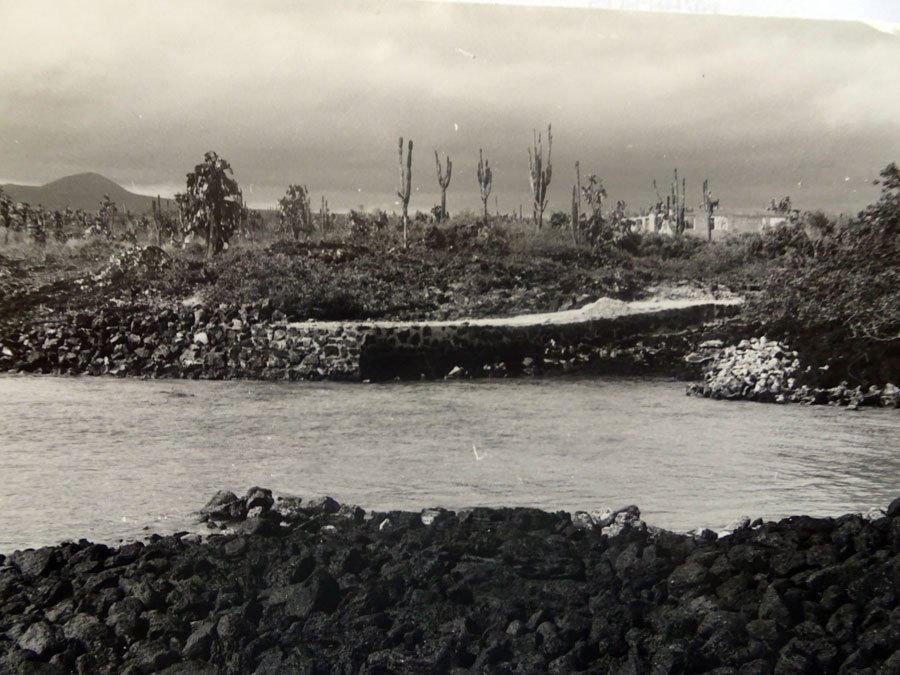
Of course, the building of a dock was the first priority, but I don’t know whether that had been done already before the construction crew came from the continent. In any case, it was in late 1960 when construction began according to simple plans drawn up by Champiot and Lévêque. The very first building was a simple storage and workshop facility situated where the CDF Exhibition Hall now is. Then the “Laboratory Building” and two round tanks to collect rainwater from its roof were started. This former “Laboratory” now houses communication and other CDF staff. Lévêque later felt bad about that building. He thought that it was not well oriented and did not benefit from prevailing winds.
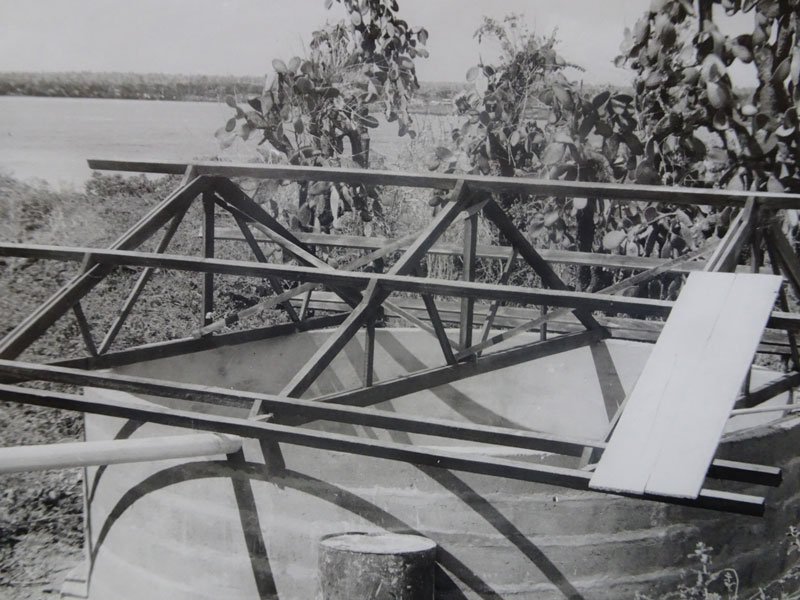
Champiot and his team of construction workers made good progress, but departed after about six weeks, leaving an unfinished building behind. At the same time, around the middle of 1961, Lévêque was called to participate in a Galapagos conference in Hawaii. According to him, he agreed with Forrest Nelson, that Nelson would take on the continuation of the construction during Leveque’s absence. But when Lévêque returned in September 1961 nothing had happened. Nelson had focused on building his hotel. I suppose there had not been a written agreement and Nelson had his own reasons to set his priorities. In any case, Lévêque was upset and very critical of Nelson. The resulting tension influenced the relationship between the Station and the “Galápagos Hotel” for a long time.
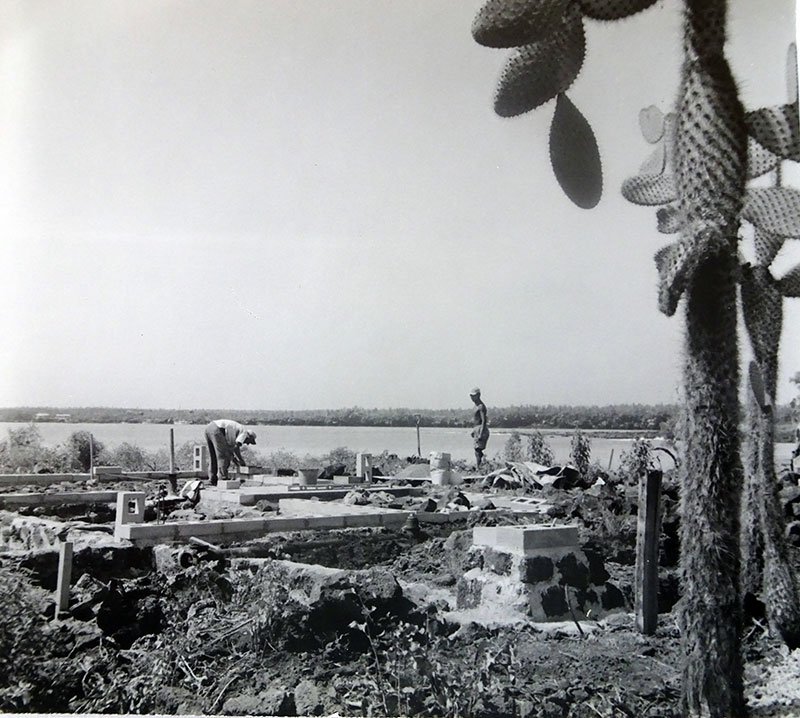
As a result, construction was held up again and Lévêque, I am sure, was very disappointed and probably felt helpless. He had first envisioned getting the job done in half a year and now, after 18 months, he was stuck with an unfinished construction. Fortunately, UNESCO prolonged his contract - and he was lucky! Out of the blue two Belgians had come to Santa Cruz with the intention to start growing coffee. Lévêque met the two, Edgar Pots and Louis Fieve, and found out that, before coming to Galapagos, they had run a construction business in the Belgian Congo. He convinced them to abandon their coffee-growing project and take on the completion of the Station building. They did and Pots remained after Lévêque’s departure and became the first manager of the Station.
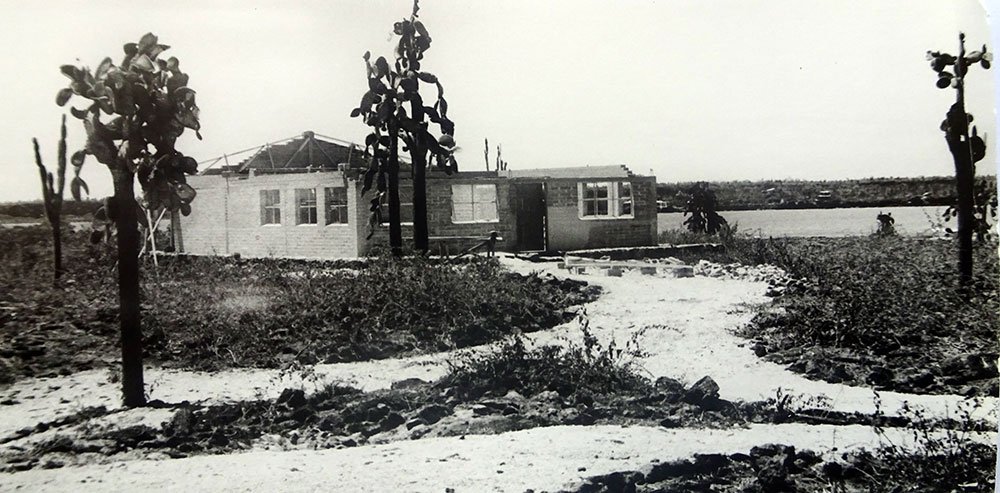
The simple footpath to the Station starting at the village cemetery was also improved. Both the production of cement blocks and the improvement of the footpath of course required sand which had to come from beaches, which rightfully was criticized later. Lévêque later acknowledged that criticism, but stressed that the building of the Station did not contribute to the disappearance of the village beach. The sand and coral were taken in bags from the “Playa de los Alemanes” across the Bay. He recalled that the sand was brought across the bay by a man in a canoe, which at least once turned over in heavy surf.
During those two years of difficult progress with the construction of buildings Lévêque hired Miguel Castro to take him to census sea bird fur seal colonies, trying to make progress on the second objective of his mission. He was the first one estimating the number of Albatrosses on Española and started banding Flightless Cormorants and other sea birds.
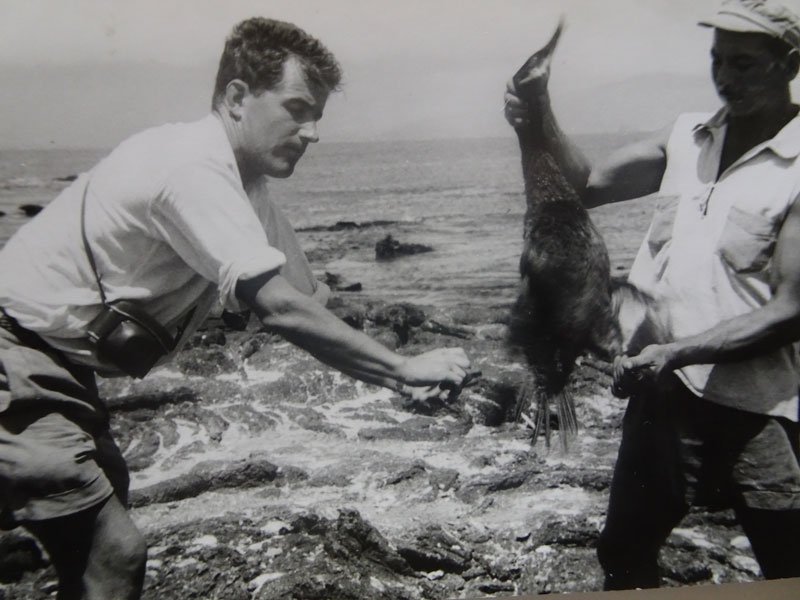
Raymond Lévêque left Galapagos in early 1962 after having overlapped for a couple of weeks with is successor, André Brosset. Lévêque had just turned 30 when he returned home to Switzerland. 38 years later he shared that he had been totally exhausted and had felt he had not accomplished what he was sent out to do. Two buildings were standing, but he felt they were not really completed. He also regretted he had not done enough fieldwork, had not completed any sea bird census, and was slow in publishing the information on seabirds he had assembled. After returning to Switzerland, apparently, he was unable to continue his studies in the Camargue and never completed his Ph.D. He became seriously depressed, had a nervous breakdown and was hospitalized for a while. He later said that it took him two years to recover and find temporary employment as a schoolteacher. In 1966, he finally found a professional home in the Swiss Ornithological Station in Sempach. There he organized the library of that institution and over the decades until his retirement turned it into one of the most extensive collections of ornithological literature in Europe. During those years, he returned to Galapagos a few times as a guide to Swiss tourists. I was fortunate to meet him in Sempach shortly before his death in 2016.
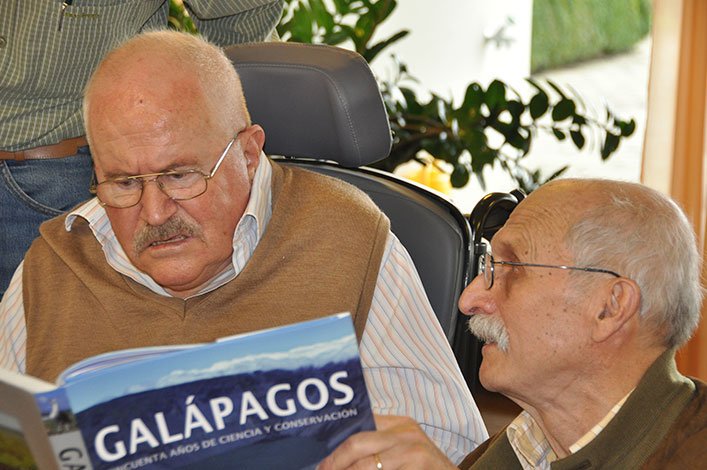
Raymond Lévêque was not only our first Director, he was also the youngest ever. Thanks to his courage, flexibility and perseverance he succeeded to put the Charles Darwin Research Station on the map under extremely difficult conditions. I feel that we never fully understood and appreciated the significance of his crucial contributions to the CDF and to Galapagos conservation and science.





